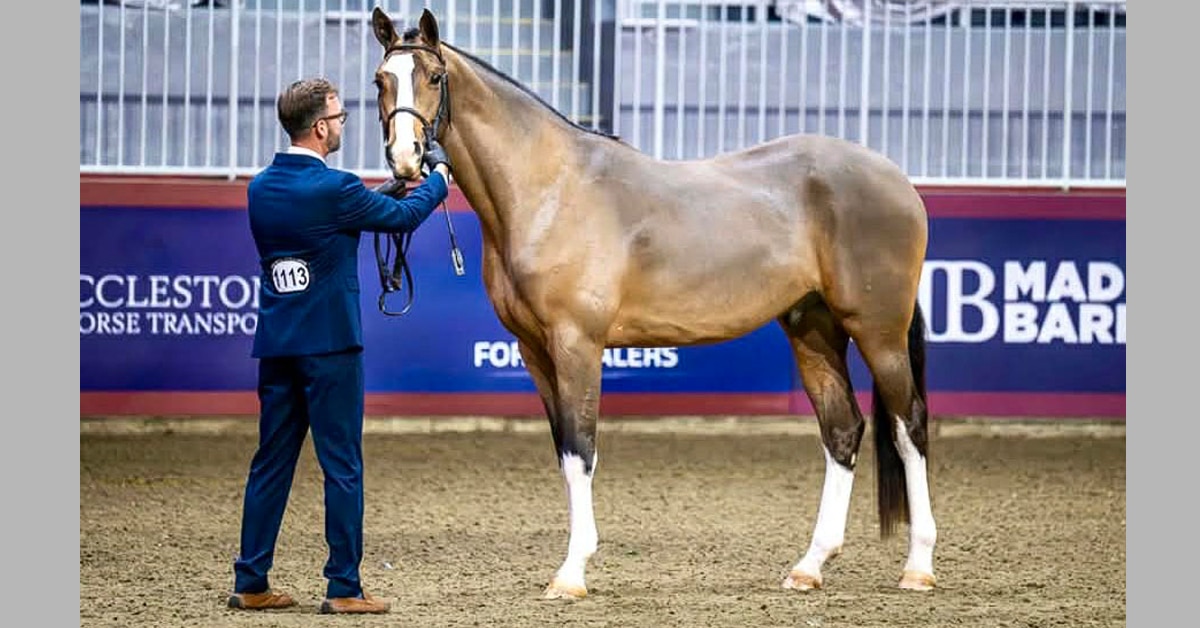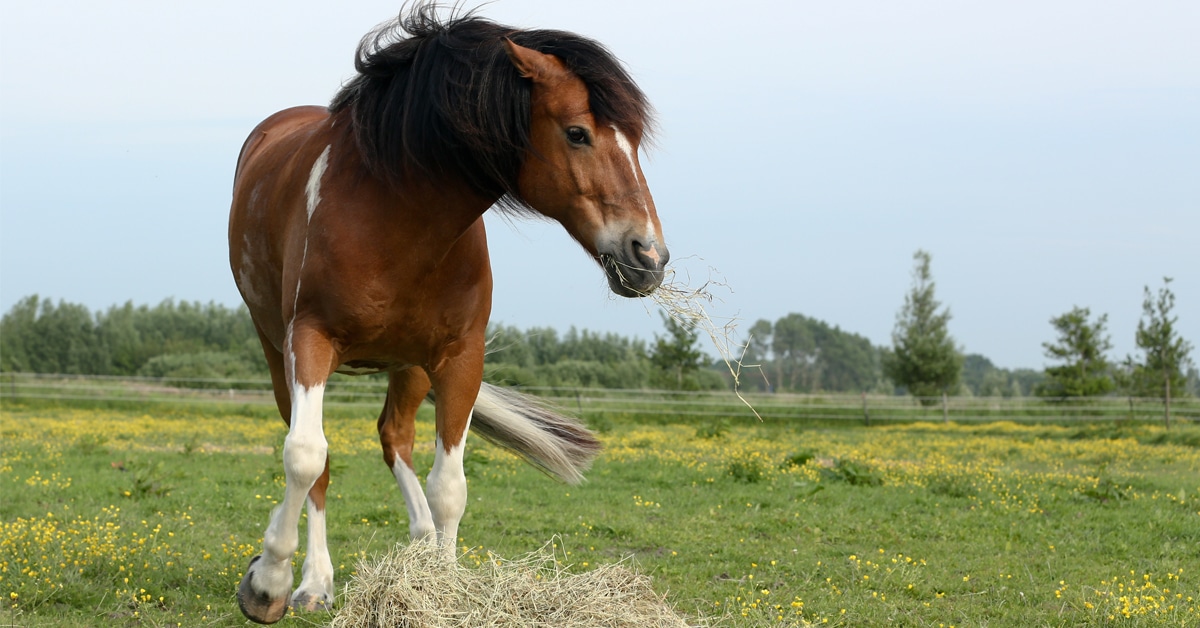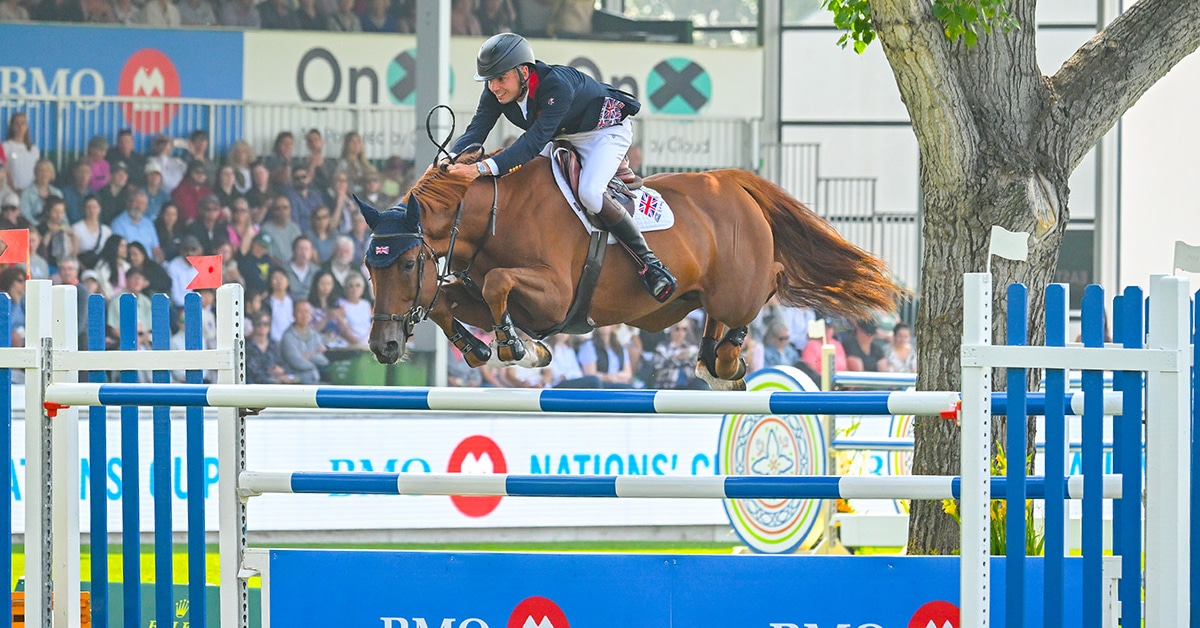How does a horse owner go about choosing a commercial feed, or commercial feeds, among all the different companies and multitude of different feed types from each? Owners should always start by carefully examining the quality of their horse’s hay, how much hay is fed, and the nutrient needs of the horse. They can then work with an equine nutritionist to determine which feeds would complement their hay to balance their horse’s diet. Horses with higher work levels, difficulty maintaining weight, older horses, growing horses, or reproducing horses will likely need other commercial feeds to balance the diet. Many horses that are mature and in little to light work – ridden four or five times per week at low intensity – can meet almost all of their nutrient requirements with free choice, good quality hay. Depending on the hay analysis, these horses may benefit from either a balancer (if protein in the hay is a little low) or a vitamin/mineral supplement to top up their nutrient intake.
Commercial Feeds
Commercial feeds are comprised mostly of cereal grains and by-products such as beet pulp. They are also fortified with highly nutritious fillers such as soybean meal to increase protein quantity and quality, plus vitamins and minerals. The ingredient ratios are varied to formulate a diet that contains a desired nutrient profile, typically designed for different classes of horses, some with several choices for each class. For example, a company may have diets formulated for growing horses, athletes, mature horses and senior horses. Many companies also have specialty feeds such as those formulated to have low non-structural carbohydrate (NSC) content, which may be beneficial to horses that are sensitive to sugar and starch in their diets because of behavioral issues, or polysaccharide storage myopathy (PSSM) or insulin resistance.
Some diets available for horses may be identified as a “complete feed.” Some companies use this term to indicate feeds that have a high enough fibre content so that a horse doesn’t need to consume hay (such as an older horse that might not have the teeth for hay), while others use the term to describe feeds that are nutritionally complete and balanced. Other commercial feeds may be described as “balancers,” which are designed to be higher in nutrient density than typical feeds, containing higher levels of nutrients such as protein, calcium and phosphorus. These feeds are often intended to supplement diets of horses that do not receive a typical higher-energy commercial feed and may be on a diet consisting of forage only.
Feed companies may also formulate vitamin/mineral supplements. These will typically have no protein, or very little as a consequence of whatever binding agent is mixed in. They are intended to supplement a horse that is fed good quality hay (sufficient energy and protein) but that may be lacking in vitamins and minerals. Balancers or vitamin/mineral supplements may be fed in addition to a more typical commercial feed if the amounts of the latter are below the manufacturer’s recommendations.
Form and function
Feeds will also differ in their form. Some feeds are considered textured feeds, where the particles are clearly identifiable, such as bits of corn or oats. These feeds are often called “sweet feeds,” but it should be pointed out that some textured feeds are not sweet at all. Pelleted feeds are processed, ground up and mixed cereal grains and protein supplements put through a pelleter. These are a good choice for horses that either sort their feed (spit out the boring parts) or whose teeth are not adequate to sufficiently chew and grind the cereal grain pieces. Many companies will have the exact same feed in both textured and pelleted forms. Extruded feeds have been processed a little further and look a little like dog kibble. These feeds may be advantageous again for older horses with poor teeth, and/ or horses that may have digestibility problems, as the extrusion process has been shown to slightly improve digestibility. Extruded feeds are also excellent for horses that need to have their feed soaked, as they have large air pockets with which water can fill and soak through.
Read the label
Examining a feed tag is a key step in determining which feed is best suited to your horse. Feed tags in Canada indicate a guaranteed analysis, which designate minimum values of protein, fat, and vitamins A, D and E; maximum values of fibre and actual amounts of sodium, calcium and phosphorus. Feed tags will also indicate how much added selenium is in the feed, as well as feeding directions. Clearly, there is still much information that is lacking from a feed tag. For example, there is no indication as to the amount of energy (calories) in the feed, nor is there a requirement for the non-structural carbohydrate content to be listed. Both of these may (and should!) be very important to a horse owner when choosing a feed. Furthermore, feed companies do not have to list the ingredients on their feed tag. Typically, if you contact the feed company they should provide you with all of this additional information.
Do your research
When looking at the different companies, there are a few criteria and questions that I suggest a horse owner consider. I encourage owners to contact the feed company to obtain more information about their feeds (ingredients, NSC and energy content, etc). Look at the quality of the ingredients. Are whole grains used, or mostly by-products? What grade of ingredients are used? (Some feed companies actually use human-grade cereal grains!). Does the feed company offer to send one of their nutritionists to your farm for a site visit and consultation? What kind of education does the nutritionist have? (For that matter, what kind of education does the head of the company’s feed formulation have? Ideally a PhD in equine nutrition!). Does the company have a good reputation, or do they frequently have recalled products? Check if their feed is manufactured in a horse-feed-only environment, to avoid potential contamination from toxic livestock ingredients.
Ultimately, there are many good-quality feed companies in Canada, so horse owners should be fairly confident their horse’s nutrient needs are being met when they pair good quality hay with a commercial feed or supplement.
The Latest









